Detailed introduction of Cairo University:
Introduction and Overview
Cairo University is Egypt's leading public university, located in Giza, Egypt, on the west bank of the Nile River, across the river from Cairo. The school is large in scale and has a large student population, with more than 230,000 students and 12,158 administrative staff, making it one of the 50 largest higher education institutions in the world in terms of enrollment.
History and Establishment
The school was founded on December 21, 1908. It was originally a private university named Egyptian University. It became a public university in 1925, and was renamed Fuad I University in 1940. It was renamed to its current name in 1954.
School Strength
Faculty: It has a large and professional faculty, including many scholars and experts with outstanding achievements and rich experience in their respective fields, providing students with high-quality teaching and guidance.
Academic Achievements: It has carried out extensive and in-depth research in multiple disciplines, produced a large number of influential academic achievements, and enjoys a high reputation in domestic and foreign academic circles. The school has trained many outstanding talents, including three Nobel Prize winners, and plays an important role in Egypt's politics, economy, culture and other fields.
Nature of the institution
Public university.
Educational philosophy
Committed to providing high-quality education, training students to become leaders and professionals in various fields, focusing on the imparting of knowledge, the cultivation of innovative ability and the improvement of comprehensive quality, emphasizing academic freedom and openness of thought, and encouraging students to actively participate in social practice and national construction, and contribute to the development of Egypt and the global society.
Key laboratories and disciplines
Key laboratories: The school has a number of advanced research laboratories and scientific research centers, such as advanced medical research laboratories in the field of medicine, and various engineering technology research centers in the field of engineering.
Key disciplines: Medicine, law, engineering, business, literature, science and other disciplines are strong, and have a high reputation and influence in the Arab world and even internationally. For example, its medical school is one of the most famous medical schools in Egypt, and has trained a large number of outstanding medical talents; the law major occupies an important position in the field of legal education and research in Egypt.
Faculty
The school has 20 colleges and 3 institutes, covering arts and humanities, business and social sciences, medicine and health, science and technology, engineering and other fields, such as the Faculty of Arts, Faculty of Science, Faculty of Law, Faculty of Engineering, Faculty of Agriculture, Faculty of Business, Faculty of Medicine, etc.
Ranking
In the 2024 QS World University Rankings, Cairo University ranks 371st, the top university in Egypt.
Expenses
For Egyptian students, the tuition fees of public universities are relatively low. Generally, the annual tuition fees for undergraduate majors are around 1000-5000 Egyptian pounds, and the tuition fees for graduate students are slightly higher. For international students, the tuition fees will be relatively higher, and the tuition fees for different majors vary. Generally, it is around 5000-10000 Egyptian pounds. The tuition fees for special majors such as medicine may be higher. In addition, the school also provides a certain number of scholarships and grants.
Campus environment
Architectural style: The main campus is located in Giza. The campus has a variety of architectural styles, including ancient European buildings, modern teaching buildings, libraries, laboratories and other facilities, showing the fusion of history and modernity.
Learning facilities: The library has a rich collection of books, with a large number of precious books and literature, providing good resource support for students' learning and research. Each college and major is equipped with advanced teaching equipment and laboratories to meet students' practical teaching needs.
Living facilities: There are canteens, dormitories, supermarkets and other living facilities on campus to provide students with convenient living conditions. At the same time, the school also has various sports facilities and cultural activity venues to enrich students' extracurricular life.
Cultural atmosphere: As Egypt's top university, the campus has a strong academic atmosphere and rich cultural activities. Various academic lectures, seminars, art exhibitions, sports competitions and other activities are often held, creating a positive, diverse and inclusive campus cultural atmosphere.
-
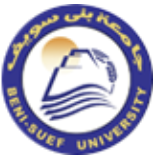
Beni-Suef University
-
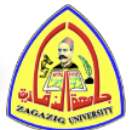
Zagazig University
-
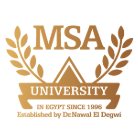
October University for Modern Sciences and Arts
-
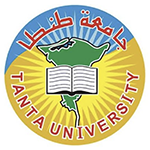
Tanta University
-

Nile University
-

Cairo University
-
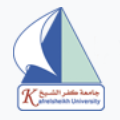
Kafrelsheikh University
-
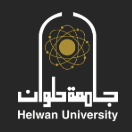
Helwan University
-

Delta University for Science and Technology
-

Minia University
-

Mesoamerican University
-

Istmo University
-

Mariano Galvez University of Guatemala
-

Regional University of Guatemala
-

Galileo University
-

Francisco Marroquín University
-

Rafael Landívar University
-

University of the Valley of Guatemala
-

University of San Carlos of Guatemala
-

Technological Institute of Tlaxcala Plateau
-

Golfo University
-

Technological University of South Sonora
-

Technological University of Huejotzingo
-

Tizimín Institute of Technology
-

Chilpancingo Institute of Technology
